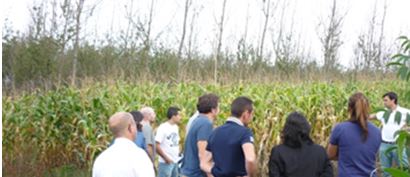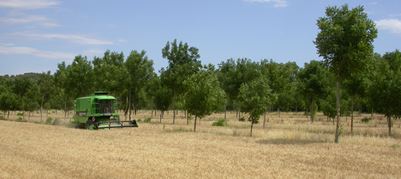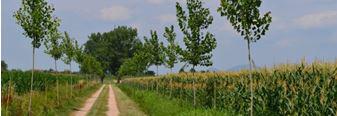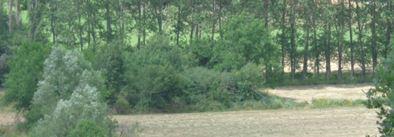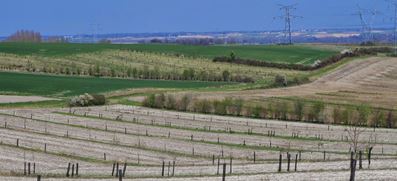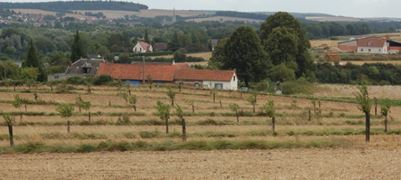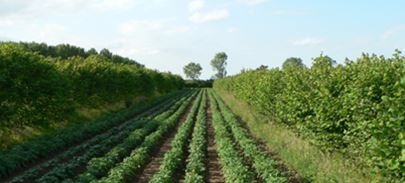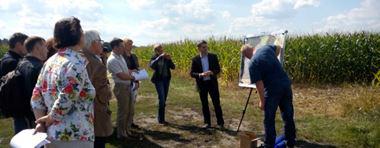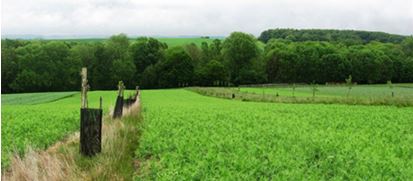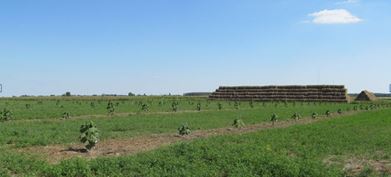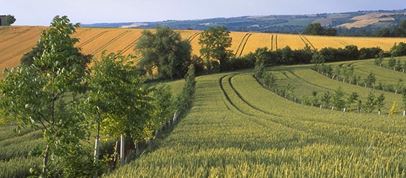
Work-package 4 focuses on the application of agroforestry in arable systems. Arable agriculture provides large quantities of food, but it can be associated with reductions in soil and water quality, reduced biodiversity, and the release of greenhouse gases such as carbon dioxide and nitrous oxide. In some areas, continued arable crop production will be sensitive to climate change. The appropriate integration of trees in arable systems can provide benefits in terms of bioenergy production, improved resource efficiency, and increased biodiversity.
The detailed objectives are:
-
To identify examples of existing best practice, the key challenges, and possible innovations to address those challenges, within stakeholder working groups within a Participatory Research and Development Network (PRDN) related to the use of agroforestry in arable systems.(see the agroforestry for arable systems groups here)
-
To describe and explain the key inputs, outputs, and ecosystem service flows, for case study systems in selected countries, associated with the use of agroforestry in arable systems (in association with WP6).(see report here)
-
To agree, with the PRDN, the key potential innovations or improvements in quantification to promote the uptake of agroforestry on arable farms (see report here).
-
To agree and implement, with the PRDN, an experimental protocol (see report here) to develop and test the proposed innovations at existing experimental facilities and through on-farm experiments, and to then analyse and interpret the results (see initial report here). A final deliverable describing the lessons learnt across the PDRN is available here.
-
To provide and promote guidelines for farmers on how to establish economically viable agroforestry practices on arable farms (with WP9) (See report with innovation leaflets here).
Farmer Research Groups
-
Silvoarable systems, Spain
-
Mediterranean silvorable systems, France
-
Timber trees for arable systems, Italy
-
Integrating trees with arable crops, Greece
-
Silvoarable systems, Western France
-
Silvoarable systems, Northern France
-
Silvoarable systems, UK
-
Integrating trees with arable crops, Germany
-
Integrating trees with arable crops, Switzerland
-
Alley cropping, Hungary
-
Agroforestry for Arable Farmers in South-West France
